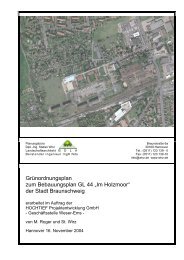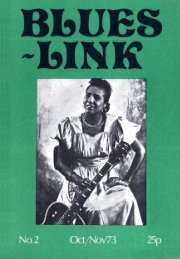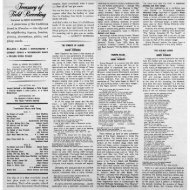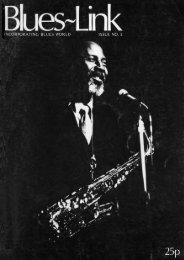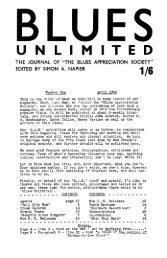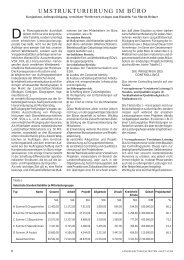The Blues Collection 84: EAST COAST BLUES.- Orbis Publishing ...
The Blues Collection 84: EAST COAST BLUES.- Orbis Publishing ...
The Blues Collection 84: EAST COAST BLUES.- Orbis Publishing ...
Create successful ePaper yourself
Turn your PDF publications into a flip-book with our unique Google optimized e-Paper software.
<strong>EAST</strong> <strong>COAST</strong> <strong>BLUES</strong><br />
FRONT COVER: Gabriel Brown moved to New York in the 1940s to play in<br />
Greenwich Village cafés.<br />
PREVIOUS PAGE: Keb’ Mo', the most prominent East Coast stylist in the 1990s.<br />
ABOVE: East Coast bluesman Spark Plug Smith was named after a racehorse.<br />
E ast Coast blues’ is one of<br />
those phrases that slip into<br />
bluespeak as serviceable<br />
sh o rth an d term s but<br />
w hich, as soon as th e y ’re clo se ly<br />
exam ined, becom e elusive. W hat it<br />
ought to mean is the m usic of the<br />
s o u th e a ste rn seab o a rd s ta te s :<br />
Virginia, the Carolinas, Georgia and<br />
Florida. But the manner in which it’s<br />
often used, in the titles of compilation<br />
albums for example, seems to act as<br />
an open invitation to blues artists from<br />
Alabama, East Tennessee, Kentucky...<br />
<strong>The</strong> problem is th at th e term is<br />
employed to say something not only<br />
about geography but also about style.<br />
‘East C oast’ tends to be pinned on<br />
almost any blues with a melodic, ragtime<br />
character, or blues influenced by<br />
hillbilly music.<br />
P ied m o n t b l u e s<br />
<strong>Blues</strong> historian Bruce Bastin, author of<br />
Red River <strong>Blues</strong>: <strong>The</strong> <strong>Blues</strong> Tradition in<br />
the Southeast, has tried to eliminate<br />
some of this vagueness by propagating<br />
the term ‘Piedmont blues’. ‘Piedmont’<br />
refers to the section of the Southeast<br />
‘between the mountain foothills and<br />
the coastal plain’ taking in parts of<br />
Virginia, the Carolinas and Georgia.<br />
But this is an area of enough musical<br />
diversity to make any single definition<br />
998<br />
virtu ally u se le ss. A g reat deal of<br />
G eorgia b lu es, for in sta n ce , lacks<br />
th ose ragtim e and hillbilly connections:<br />
for every a rtist who evinces<br />
them, like Blind Willie McTell, there’s a<br />
‘hard’ bluesman who doesn’t, such as<br />
Barbecue Bob. So a condensed narrative<br />
like this must be highly selective,<br />
full of leaps and switches of direction,<br />
dangling with loose ends.<br />
T he n orth G eorgia b lu es scen e<br />
around Atlanta in the 1920s and 1930s<br />
(the era of Barbecue Bob and McTell,<br />
Curley Weaver and Peg Leg Howell),<br />
will not come into the story. This gap<br />
can be partly filled by reading the<br />
Blind Willie McTell issue of <strong>The</strong> <strong>Blues</strong><br />
<strong>Collection</strong>.<br />
Nor will much be said about Blind<br />
Boy Fuller, the dominant figure in the<br />
region during the 1930s, since he too<br />
has been the subject of an issue of <strong>The</strong><br />
<strong>Blues</strong> <strong>Collection</strong>. N everth eless, his



